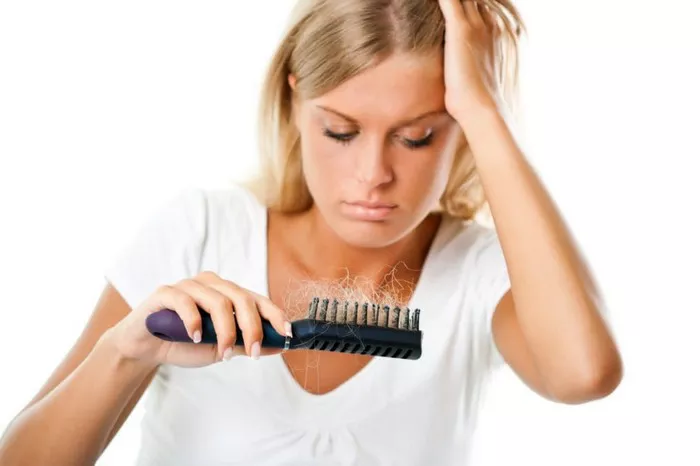Traction Alopecia is a common form of hair loss caused by prolonged tension or pulling on the hair follicles. This condition often results from tight hairstyles like braids, ponytails, or extensions. While prevention is crucial, many individuals wonder if it’s possible to reverse the effects and regrow hair once traction alopecia has set in. In this article, we explore the potential for regrowth and the strategies that may encourage the recovery of hair affected by traction alopecia.
1. Understanding Traction Alopecia: The Culprit Behind Hair Loss
Before delving into the possibilities of regrowth, it’s essential to grasp the mechanisms of traction alopecia. This form of hair loss occurs when constant tension damages the hair follicles, leading to inflammation and, ultimately, hair shedding. The damage can be reversible in the early stages, but prolonged tension may cause permanent follicle damage, making regrowth challenging.
2. Early Intervention: The Key to Reversal
In cases where traction alopecia is identified early, regrowth is more likely. Recognizing the signs, such as hair thinning along the hairline or in areas prone to tension, prompts early intervention. The first step is to release the tension by opting for looser hairstyles and avoiding styles that pull on the hair. This alone can sometimes stimulate regrowth by relieving the stress on the affected follicles.
3. Gentle Hair Care Practices: Nurturing the Roots
To encourage regrowth after traction alopecia, adopting gentle hair care practices is paramount. Use a mild, sulfate-free shampoo and conditioner to cleanse and hydrate the hair and scalp. Avoid excessive heat styling, harsh chemicals, and tight hairstyles. Be gentle when detangling and brushing the hair to prevent additional stress on weakened follicles.
4. Topical Treatments: Stimulating the Scalp
Certain topical treatments can be beneficial in promoting hair regrowth. Ingredients such as minoxidil, an FDA-approved over-the-counter medication, have shown efficacy in stimulating hair follicles and encouraging regrowth. Applying minoxidil to the affected areas, following the product’s guidelines, may be part of a comprehensive approach to combat traction alopecia.
5. Scalp Massage: Enhancing Blood Circulation
Scalp massage is a simple yet effective technique to enhance blood circulation to the hair follicles. This increased blood flow delivers essential nutrients to the hair roots, promoting a healthier environment for regrowth. Use gentle circular motions with your fingertips to massage the scalp regularly. Consider incorporating natural oils like jojoba or coconut oil for added nourishment.
6. Nutritional Support: From Within
Hair health is closely linked to overall well-being, and a nutrient-rich diet can support the regrowth of hair affected by traction alopecia. Ensure your diet includes essential vitamins and minerals such as biotin, vitamin E, and iron. Consult with a healthcare professional to explore the option of dietary supplements if needed.
7. Professional Guidance: Consulting with a Dermatologist
For severe cases of traction alopecia, seeking professional guidance is crucial. A dermatologist specializing in hair disorders can assess the extent of follicle damage and recommend personalized treatment options. They may suggest advanced treatments, such as corticosteroid injections to reduce inflammation or laser therapy to stimulate regrowth.
8. Patience and Consistency: The Road to Recovery
Regrowing hair after traction alopecia requires patience and consistent effort. Results may take time to become noticeable, and it’s essential to stay committed to a gentle hair care routine and any recommended treatments. Avoiding further tension on the affected areas and maintaining a holistic approach to hair health contribute to the best chances of regrowth.
See Also: Hair Loss from Weight Loss: Will it Grow Back?
Conclusion: Hope for Recovery
While traction alopecia poses challenges, there is hope for recovery with timely intervention and the right strategies. Early recognition, releasing tension, adopting gentle care practices, and exploring topical treatments can contribute to regrowth. Scalp massage, nutritional support, and professional guidance further enhance the possibilities of reversing traction alopecia. Remember, every individual’s experience with traction alopecia is unique, and results may vary. By combining patience with proactive and consistent care, those affected by traction alopecia can embark on a journey toward regrowth and restored confidence.


